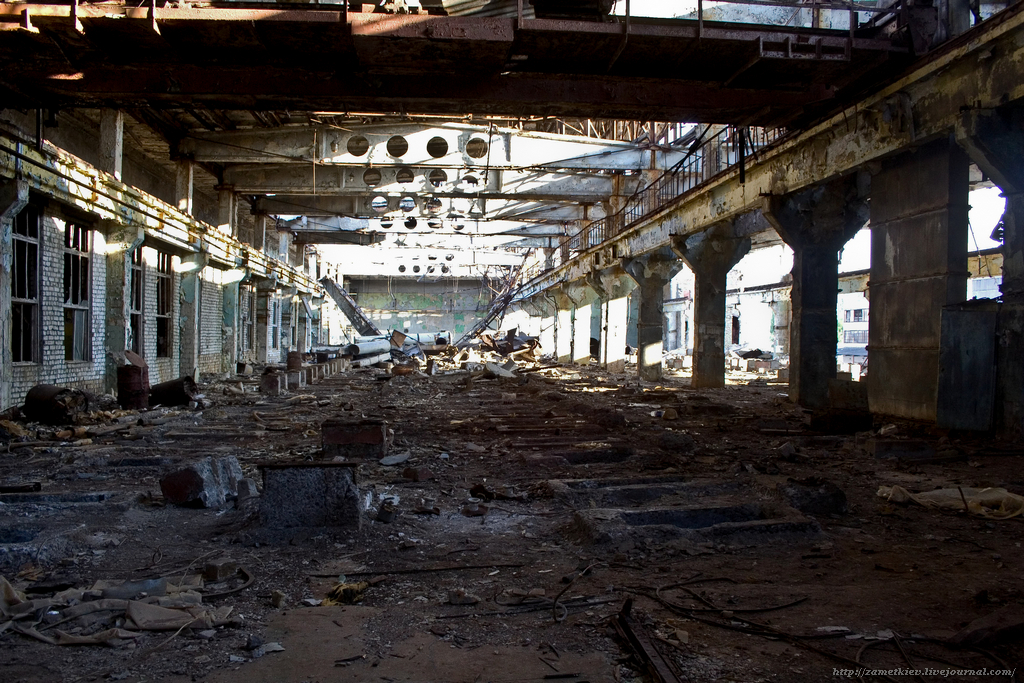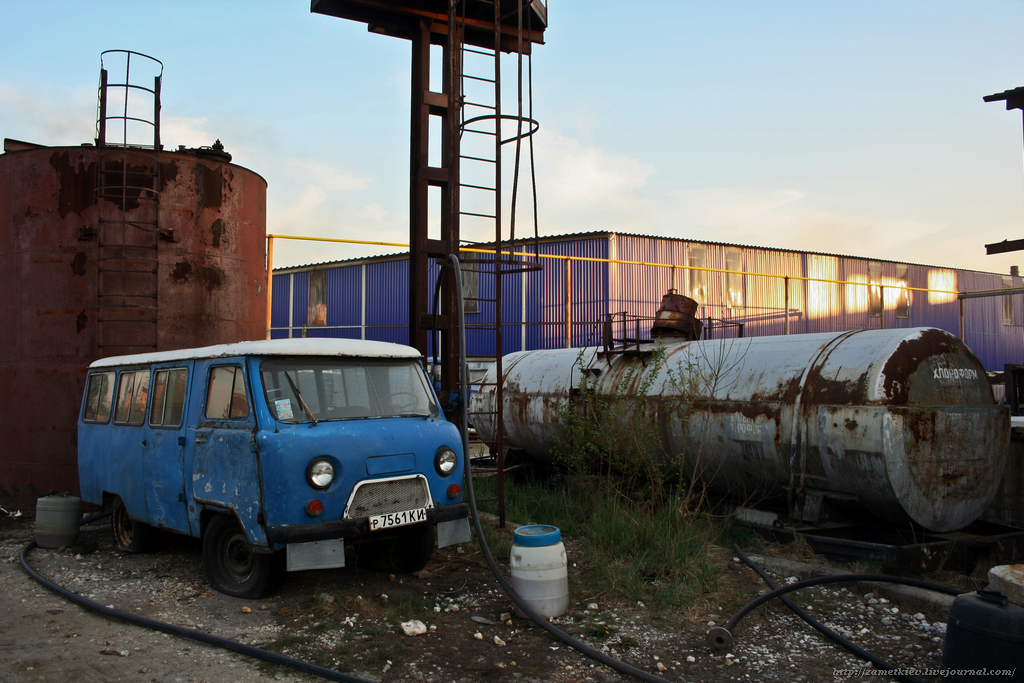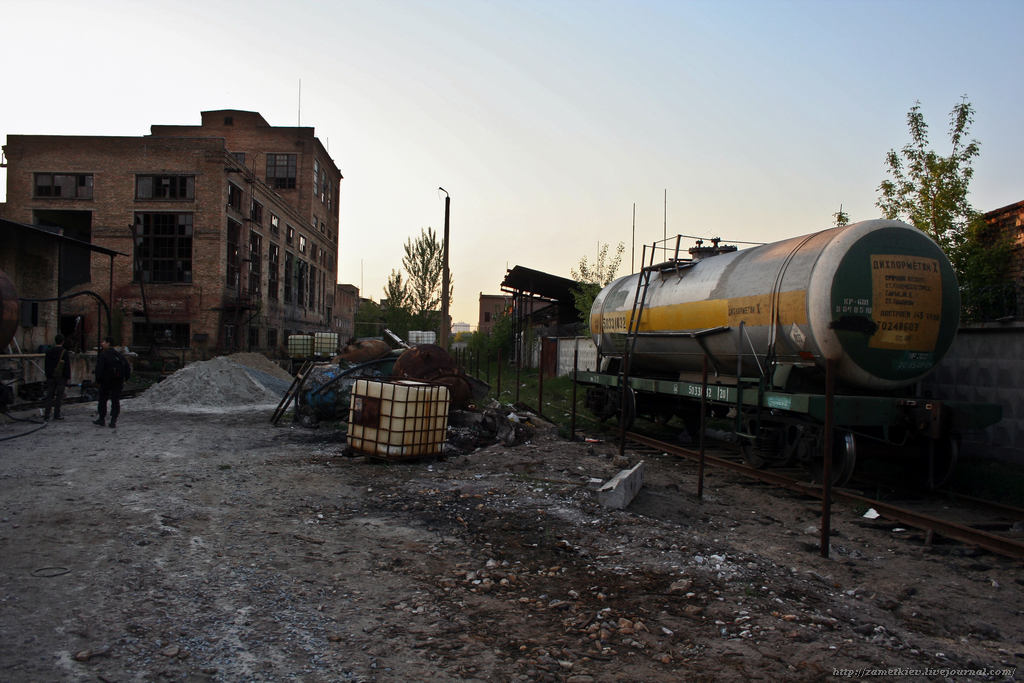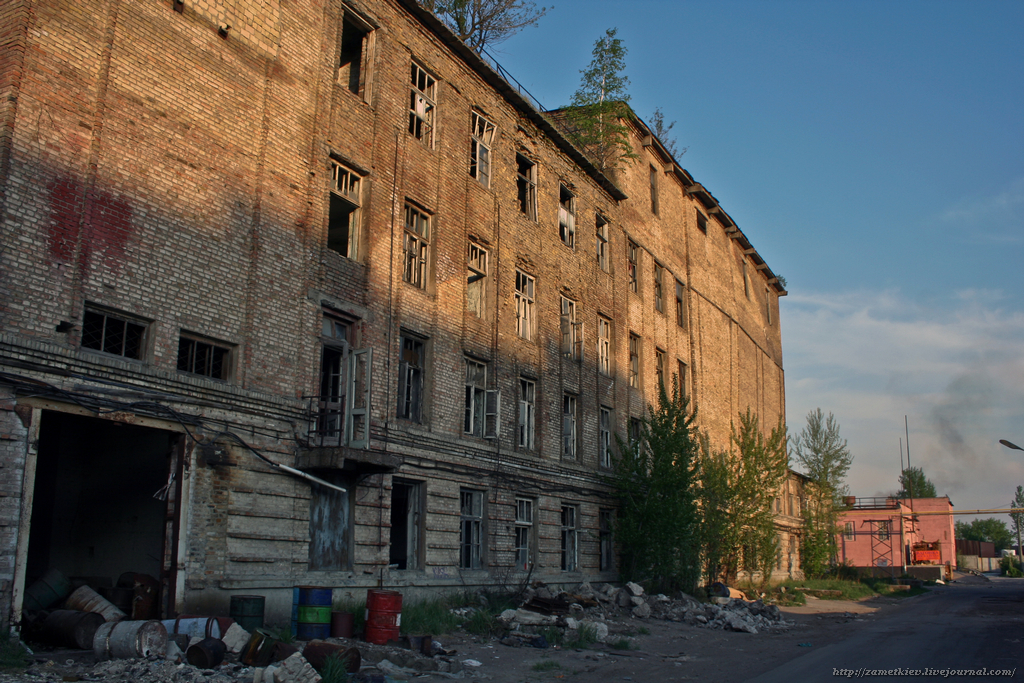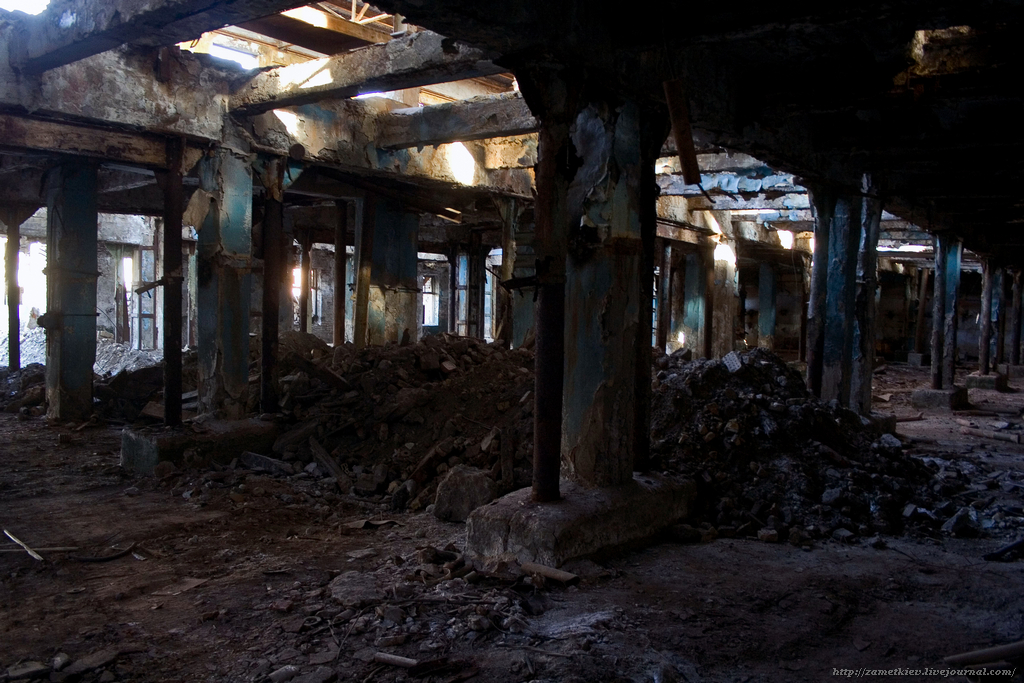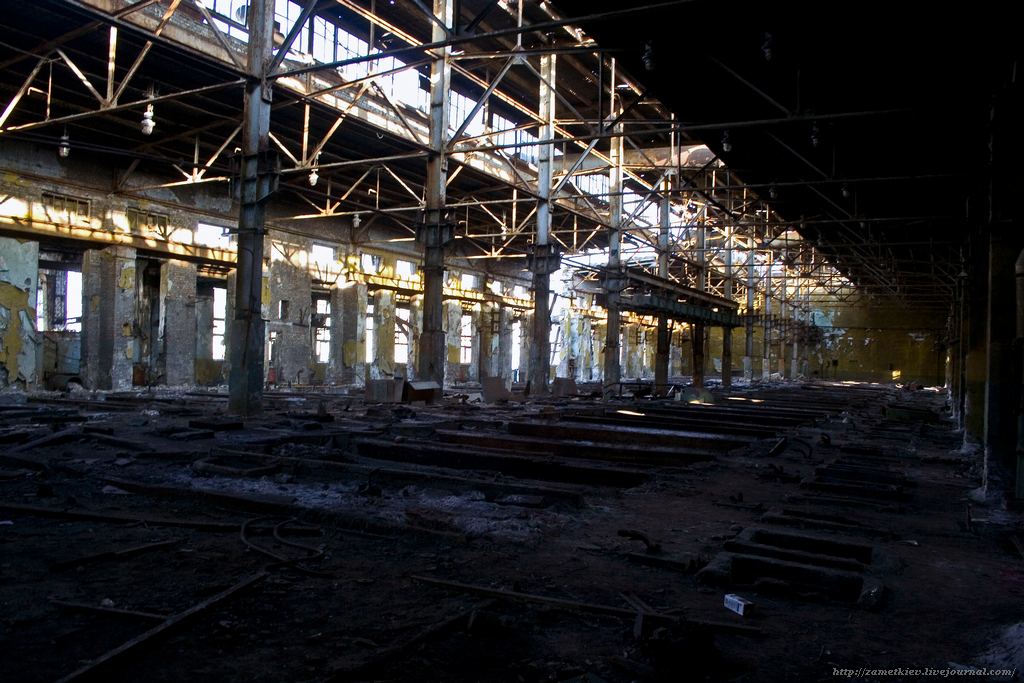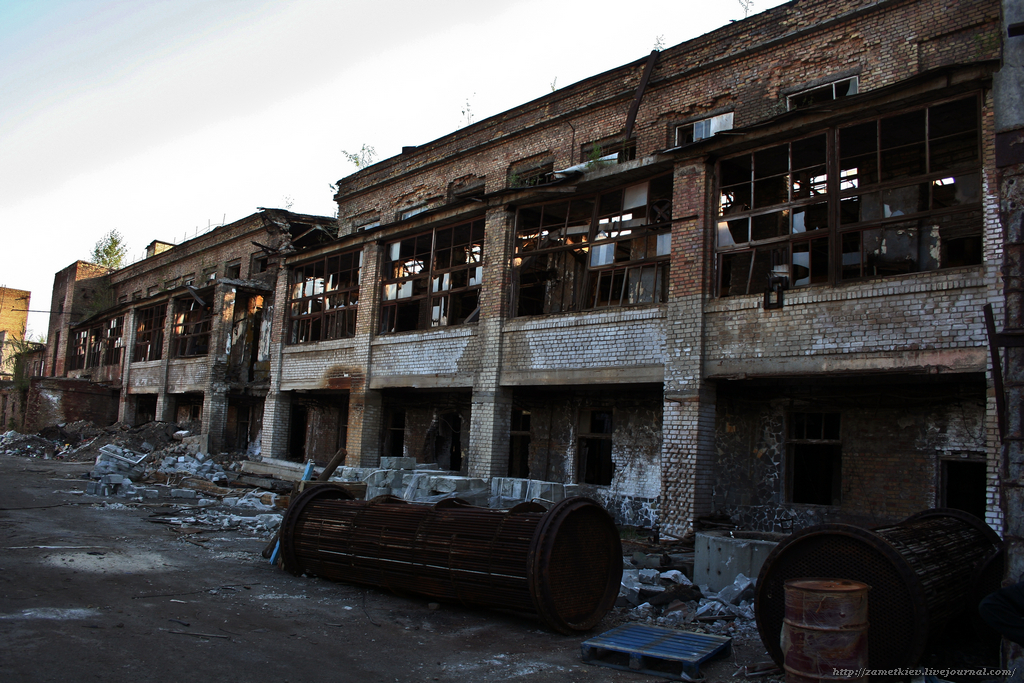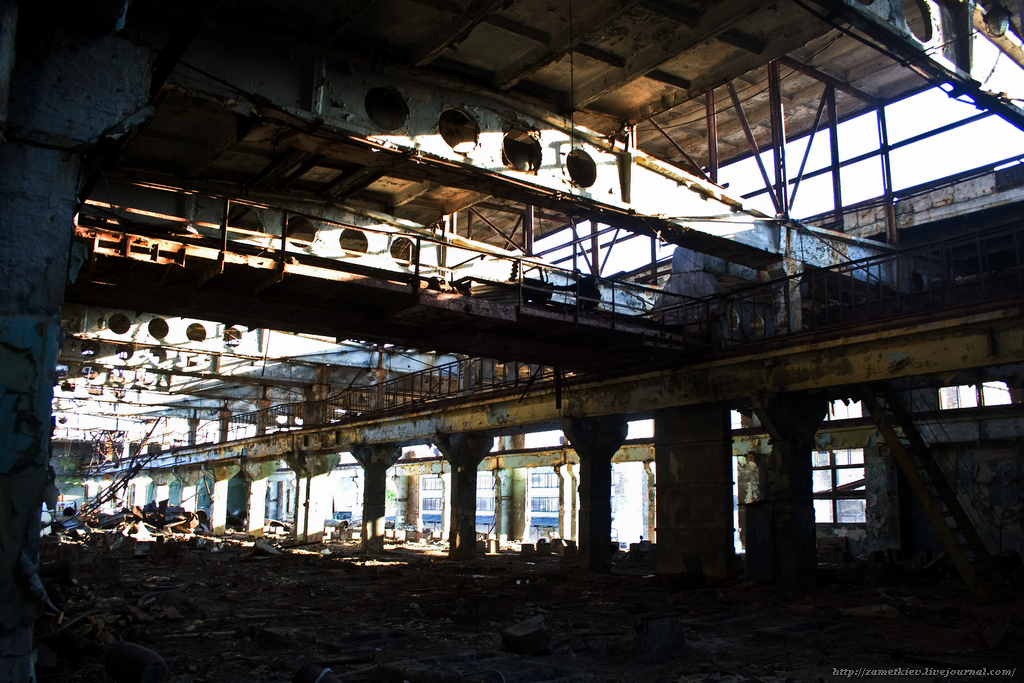Under the Soviet Union, most factories were classified and their names were given in the form of numbers. The “thousandth” plant produced caustic soda, hydrochloric acid, dust, berthollet salt, chlorine and was considered the most harmful enterprise in Kyiv, the consequences of which still reverberate to this day.
The construction of the plant was planned before the Great Patriotic War, but for obvious reasons it was returned to only in 1945. In the 1960s, the dust, which was used against malaria, typhus and locusts, was recognized as unsafe for the environment and people and most countries in the world abandoned its use, but not all… And the “thousandth” continued to produce this poison for export.
In the mid-1950s, the plant received the first batch of mercury for the production of caustic soda. The mercury method produced high-quality material. Soon the enterprise produced almost 50% of the caustic soda in the entire USSR. Working at the “thousandth” was extremely hazardous to health! For example, in the caustic soda production workshop there were about 6 rows of electrolyzers in which up to 250 tons of salt were dissolved daily under the influence of a special solution and mercury, and the expected losses amounted to 400-500 grams per 1 ton. Over the years of operation of the plant, tons of mercury have been released into the environment…
This is interesting!
1. In less than one working week, mercury and chromium vapors affected workers’ overalls and gas masks.
2. There was such a strong magnetic field in the workshop that metal things were literally torn out of our hands.
3. It was difficult to find workers for such production and therefore prison inmates often worked there.
4. Occasionally, but during the “thousandth” emergency emissions of chlorine occurred, after which the area for a couple of kilometers around the plant was covered with white fine dust.
After the collapse of the Soviet Union, Chemical Plant No. 1000 was privatized and completely stopped in 1996. Due to the high degree of contamination of the enterprise’s buildings, the most dangerous of them were razed to the ground, but some workshops are still standing as of 2018.
Where is the Radikal plant (Chemical Plant No. 1000) located?
Krasnotkatskaya street, 61
